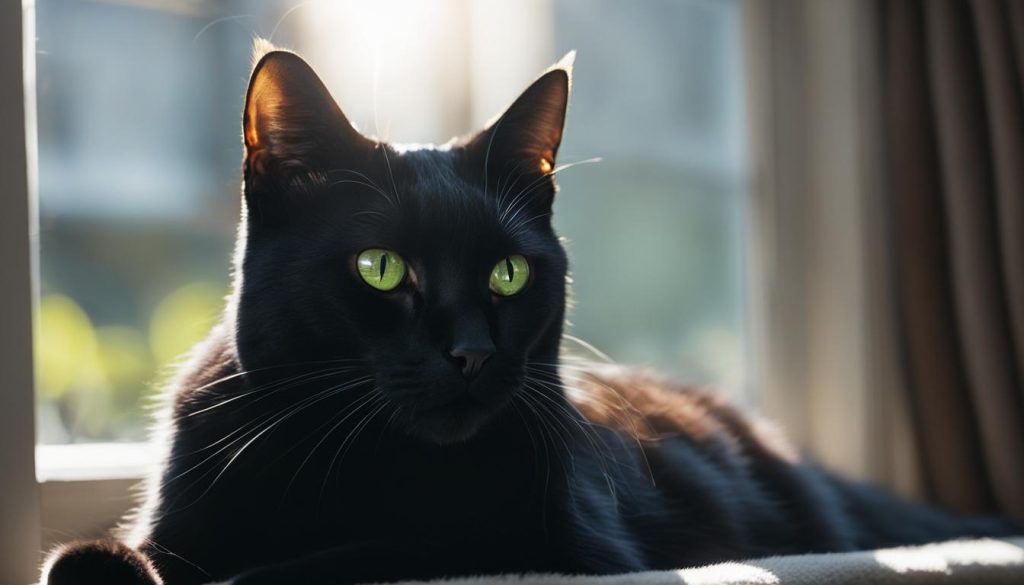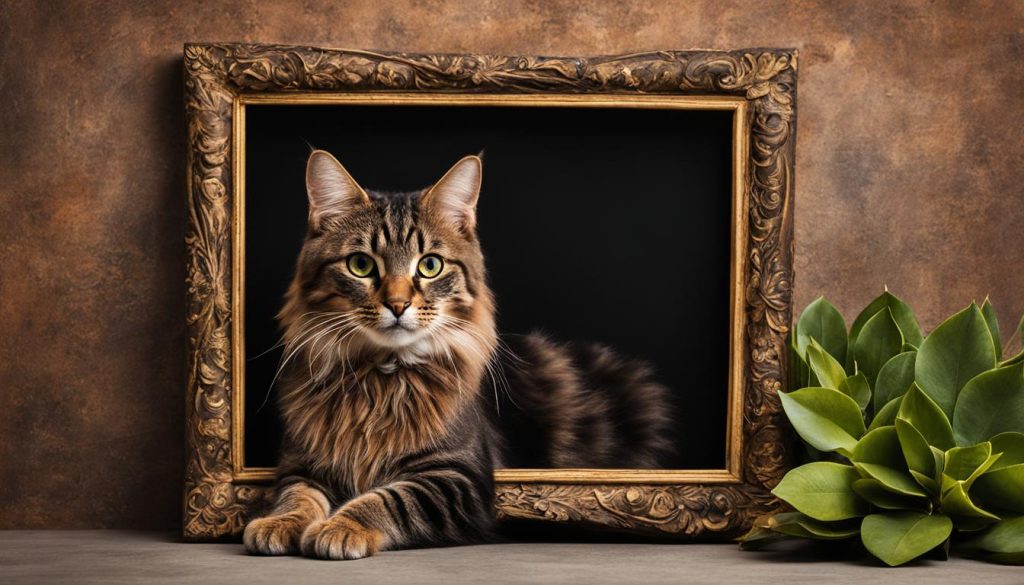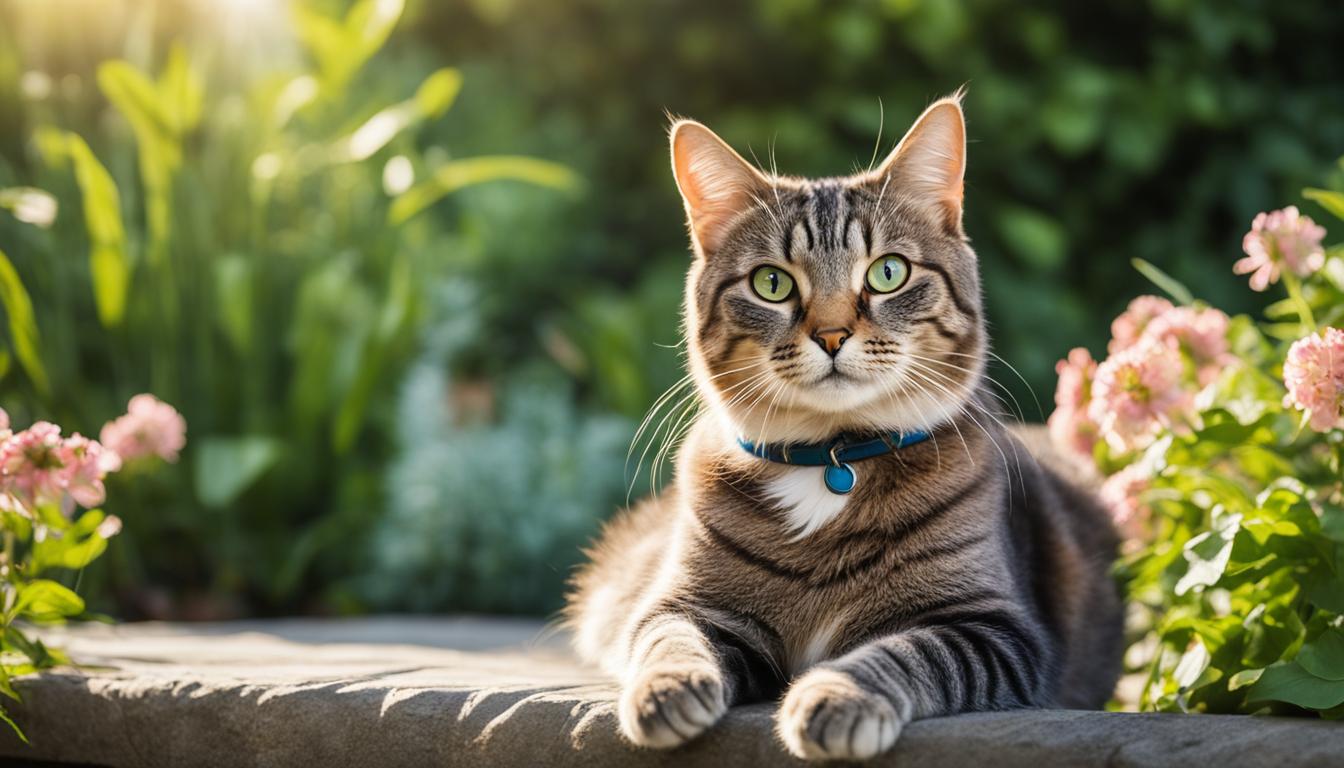Capturing cats on camera can be a delightful and rewarding experience. Whether you’re a photography enthusiast or simply want to capture stunning memories of your furry companions, cat photography allows you to immortalize their beauty and grace. In this article, we will explore expert tips and techniques that will help you master the art of cat photography and create a purr-fect cat photo album.
Expert tips are essential when it comes to capturing feline elegance through the lens of your camera. Cats have a unique blend of independence and unpredictable behavior that can pose challenges during a photoshoot. Understanding their nature and implementing tried-and-true techniques will allow you to capture their true essence and create stunning visuals.
Whether you’re aiming to capture striking cat portraits or engaging action shots, this article will provide you with the guidance you need. We will discuss composition, camera settings, lighting, and focusing on the eyes to ensure that your cat’s beauty shines through each photograph. Additionally, we will explore ways to incorporate toys and sounds, as well as following your cat’s lead, to capture their natural movements and behaviors in action shots.
But it doesn’t stop there! The background and framing of your cat photos play a crucial role in creating visual interest and showcasing your feline friend. We will guide you on how to choose the perfect background, keeping simplicity and balance in mind, and provide tips for framing your cat within the composition to create visually appealing and captivating photos.
Capturing feline elegance is a skill that takes time to develop. By applying the expert advice and techniques shared in this article, you can hone your cat photography skills and create stunning memories that will truly cherish your furry friends’ beauty and personality.
Key Takeaways:
- Cat photography allows you to capture stunning memories of your feline companions.
- Understanding the challenges and embracing the independent nature of cats is essential for successful cat photography.
- Techniques for capturing striking cat portraits include composition, camera settings, lighting, and focusing on the eyes.
- Action shots can bring energy and excitement to your cat photography by incorporating toys, sounds, and following your cat’s lead.
- The choice of background and framing can greatly enhance the visual appeal of your cat photos.
Embracing the Challenges of Cat Photography
When it comes to cat photography, capturing the perfect shot can be quite a challenge. Cats have an independent nature that often prevents them from following instructions or posing on command. Their unpredictable behavior adds another layer of difficulty to the process. However, with patience and understanding, you can embrace these challenges and capture stunning photos of your feline companions.
Unlike dogs who are eager to please, cats have a more independent nature. They are not easily swayed by treats or commands, making it challenging to direct their movements during a photoshoot. Instead of trying to control every aspect of their behavior, it’s important to work with their natural instincts.
Patience is key when photographing cats. They may not cooperate right away, and it takes time to earn their trust. Allow them to explore the environment, and let them become comfortable with the presence of the camera. Keep in mind that cats have their own agenda, and it’s essential to be patient and wait for the right moment to capture that perfect shot.
Cats are known for their unpredictable behavior. They can suddenly leap, pounce, or run away, which makes it challenging to anticipate their movements. To overcome this challenge, be prepared and keep your camera ready at all times. Be observant and watch for any signs of interesting behavior or unique expressions that you can capture in a photo.
“The independent nature and unpredictable behavior of cats can present challenges in cat photography, but they also provide opportunities for capturing candid and authentic moments that truly reflect their personalities.” – Samantha Jones, Professional Photographer
Working with the Independent Nature of Cats
- Allow cats to explore the environment freely before starting the photoshoot.
- Use toys or treats to grab their attention without forcing them into unnatural poses.
- Capture their spontaneous moments and unique behaviors instead of trying to control their every move.
Patience is Key
- Take your time and wait for the right moment to capture the perfect shot.
- Be patient with your cat’s behavior and allow them to become comfortable with the camera.
- Don’t rush the photoshoot; let it unfold naturally.
Capturing Unpredictable Behavior
- Keep your camera ready at all times to capture unexpected moments.
- Be observant and watch for any signs of interesting behavior or unique expressions.
- Embrace the spontaneous nature of cats and capture their authentic selves.
Techniques for Capturing Striking Cat Portraits
Capturing striking cat portraits requires a combination of technical skills and artistic vision. In this section, we will explore techniques for composition, camera settings, lighting, and focusing on the eyes. These tips will help you create portraits that showcase the unique beauty and personality of your feline subject.
Composition
The composition of your cat portraits plays a crucial role in creating visually appealing and captivating images. Consider the following composition techniques:
- Rule of thirds: Divide your frame into a 3×3 grid and position your cat’s eyes or face along the lines or at the intersections to create a balanced composition.
- Leading lines: Use elements in the environment such as furniture or cat toys to create leading lines that guide the viewer’s attention towards your cat.
- Negative space: Leave some empty space around your cat to create a sense of simplicity and draw focus to their presence.
Camera Settings
Proper camera settings are essential for capturing sharp and detailed cat portraits. Consider the following camera settings:
- Aperture: Use a wide aperture (low f-number) to create a shallow depth of field and blur the background, keeping the focus on your cat’s face.
- Shutter speed: Set a fast shutter speed to freeze any movement and ensure sharpness, especially if your cat is active.
- ISO: Use a low ISO setting to minimize noise and maintain image quality.
Lighting
Lighting plays a crucial role in highlighting your cat’s features and capturing the desired mood in your portraits. Consider the following lighting techniques:
- Natural light: Utilize soft, diffused natural light by photographing near a window or outdoors during the golden hours of sunrise or sunset.
- Artificial light: Use off-camera flash or continuous artificial lighting to create dramatic effects and illuminate your cat’s face.
- Avoid harsh shadows: Position your cat in a way that avoids harsh shadows on their face, as it can distract from the overall image.
Focusing on the Eyes
The eyes are the window to your cat’s soul, and focusing on them can bring depth and emotion to your portraits. Consider the following tips for focusing on your cat’s eyes:
- Single-point autofocus: Use a single autofocus point or focus on your cat’s eyes directly to ensure they are the sharpest part of the image.
- Eye-level photography: Get down to your cat’s eye level to capture a more intimate perspective and emphasize their eyes in the composition.
- Eye contact: Encourage your cat to look directly at the camera by using treats or toys to capture their attention.

Mastering these techniques will enhance your cat portrait photography skills and enable you to create striking, memorable images that truly capture the essence of your feline friend. Now that we have covered the techniques for capturing cat portraits, let’s move on to the next section and explore how to create engaging action shots of your cat in motion.
Creating Engaging Cat Action Shots
Action shots can bring energy and excitement to your cat photography. Capturing the movement and dynamic behavior of cats requires skill and creativity. In this section, we will explore techniques for creating engaging cat action shots that truly capture the essence of your feline friend in motion.
1. Incorporate Toys and Sounds: To grab your cat’s attention and encourage playful behavior, incorporate toys and sounds into your cat action photography. Use interactive toys, such as feathers or balls, to stimulate your cat’s natural instinct to chase and pounce. You can also make noises or use a clicker to capture their attention and elicit energetic movements.
2. Follow the Cat’s Lead: Cats are known for their independent and unpredictable nature. Instead of trying to control their movements, follow their lead and capture their natural behaviors. Be patient and observant, ready to click the shutter when you anticipate a dynamic moment. Allow your cat to explore their surroundings freely and be ready to capture their spontaneous actions.
3. Choose the Right Settings: Adjust your camera settings to help capture the fast-paced action of cats. Set a high shutter speed to freeze movement and avoid motion blur. If you’re shooting indoors or in low-light conditions, increase your ISO to maintain a fast shutter speed. Experiment with burst mode or continuous shooting to increase your chances of capturing the perfect action shot.
“Incorporate toys and sounds to grab your cat’s attention and follow their lead to capture their natural movements and behaviors.” – Emily Thompson, Cat Action Photography Expert
4. Experiment with Angles and Perspectives: Explore different angles and perspectives to add visual interest and variety to your cat action shots. Get down to your cat’s eye level for a unique and immersive perspective. Capture their movements from various angles, such as jumping, running, or stretching, to showcase their agility and grace.
Expert Tip: The Eye Focus
When capturing cat action shots, pay special attention to the eyes. The eyes are the window to your cat’s emotions and can add depth and connection to your photos. Make sure the eyes are in sharp focus to draw the viewer’s attention to the captivating intensity of your cat’s gaze.
Choosing the Perfect Background and Framing
The background and framing of your cat photos play a crucial role in creating visually appealing compositions. When selecting a cat photography background, it’s essential to prioritize simplicity and balance to bring focus to your feline subject. This section will explore effective techniques for framing your cat within the composition, creating visual interest and capturing stunning photos.
When it comes to backgrounds, opt for clean and uncluttered surfaces that won’t distract from your cat. Solid colored backgrounds, such as a plain wall or a sheet of fabric, can help create a clean and elegant aesthetic. They provide a blank canvas for your cat’s unique features and personality to shine through.
Remember, the purpose of the background is to enhance your subject, not overpower it. A simple background will ensure your cat remains the focal point of the image.
Consider the colors of your cat’s fur and choose a background that provides contrast. For instance, if your cat has dark fur, a lighter background will help them stand out. On the other hand, a darker background can beautifully highlight cats with lighter-colored fur.
Once you’ve chosen the perfect background, it’s time to think about framing. Framing refers to how you position your cat within the frame of the photograph. You can use various techniques to create visually interesting compositions:
- Use the “rule of thirds” by placing your cat slightly off-center to create a more dynamic image.
- Experiment with different angles and perspectives to add depth and visual appeal to your photos.
- Consider incorporating elements from the cat’s environment, such as a tree branch or a window frame, to create a sense of context and story.
Remember, balance is key. Pay attention to the negative space around your cat and ensure it complements the overall composition. A well-framed photo will draw attention to your cat while providing a pleasing visual experience for the viewer.
Framing examples:

| Technique | Description |
|---|---|
| Rule of Thirds | Positioning your cat off-center to create a dynamic composition. |
| Experimenting with angles | Exploring different perspectives to add depth and visual interest. |
| Incorporating elements | Using elements from the cat’s environment to enhance the composition and storytelling. |
Conclusion
Mastering the art of cat photography is a journey that requires practice, patience, and a passion for capturing feline elegance. By following the expert advice and tips provided in this article, you can elevate your cat photography skills and create stunning memories that showcase the unique beauty of your feline friends.
Remember, capturing the perfect cat photo may come with its challenges, but embracing the independent nature and unpredictable behavior of cats can lead to extraordinary and unexpected moments. It’s important to be patient and let the cats dictate the flow of the shoot, allowing their natural instincts to shine through in your photos.
When it comes to technique, focus on capturing striking cat portraits by paying attention to composition, camera settings, lighting, and highlighting the captivating eyes of your furry subjects. Engaging action shots can also bring life to your cat photography, incorporating toys, sounds, and following their lead to capture their playful movements.
Furthermore, don’t underestimate the power of choosing the right background and framing. Simple and balanced backgrounds can accentuate the features of your cat, while thoughtful framing adds visual interest and draws attention to their elegance. With these tips and techniques in mind, you’re well on your way to becoming a cat photography expert!
FAQ
Is cat photography difficult?
Capturing stunning photos of cats can be a challenging task, but with the right techniques and tips, it is possible to master the art of cat photography and create beautiful memories.
What are the challenges of cat photography?
Cats have an independent nature and often don’t follow instructions or pose on command. They can be unpredictable in their behavior, which may require patience to capture the perfect shot.
How can I embrace the challenges of cat photography?
To embrace the challenges of cat photography, it’s important to work with your cat’s natural instincts. Be patient and observe their behavior to capture stunning photos that showcase their unique beauty and personality.
What techniques are there for capturing striking cat portraits?
Techniques for capturing striking cat portraits include mastering composition, camera settings, lighting, and focusing on the eyes. These tips will help you create portraits that highlight the elegance and grace of your feline subject.
How can I capture engaging cat action shots?
To capture engaging cat action shots, you can incorporate toys and sounds to grab your cat’s attention and follow their lead to capture their natural movements and behaviors.
What role does the background and framing play in cat photography?
The background and framing of your cat photos are crucial in creating visually appealing compositions. Choose a simple and balanced background and frame your cat within the composition to create visual interest and draw attention to your feline subject.
How can I master the art of cat photography?
By following the tips and techniques discussed in this article, you can master the art of cat photography. Remember to be patient, embrace the challenges, and most importantly, have fun capturing the beauty and grace of your feline friends with your camera.






